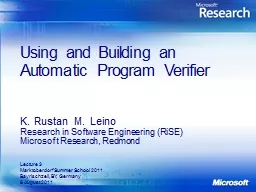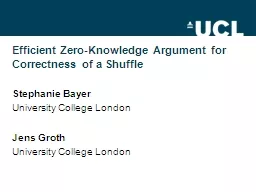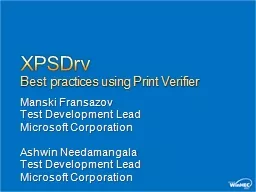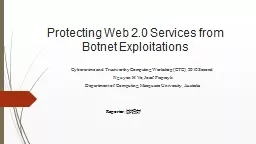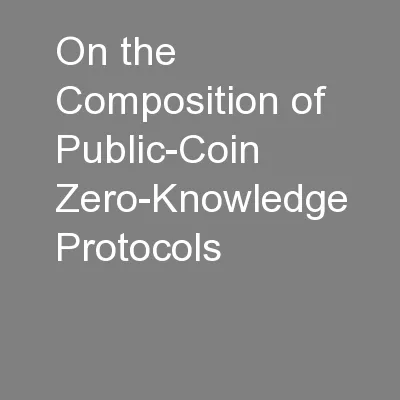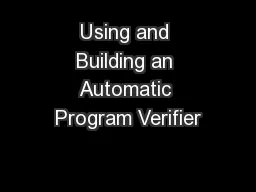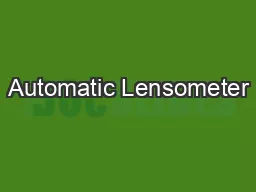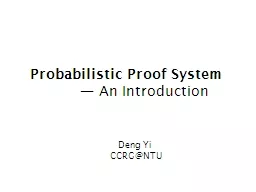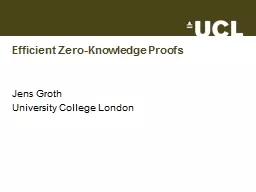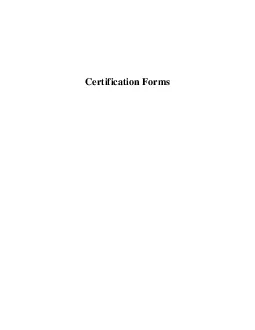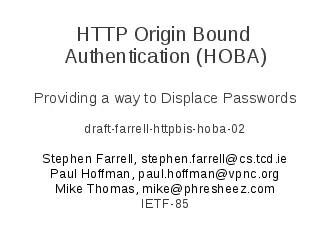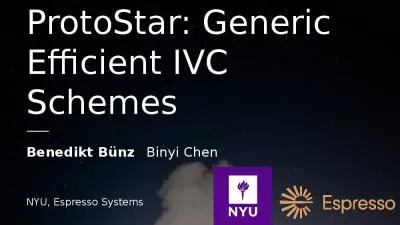PPT-Using and Building an Automatic Program Verifier
Author : playhomey | Published Date : 2020-08-28
K Rustan M Leino Research in Software Engineering RiSE Microsoft Research Redmond Lecture 3 Marktoberdorf Summer School 2011 Bayrischzell BY Germany 8 August
Presentation Embed Code
Download Presentation
Download Presentation The PPT/PDF document "Using and Building an Automatic Program ..." is the property of its rightful owner. Permission is granted to download and print the materials on this website for personal, non-commercial use only, and to display it on your personal computer provided you do not modify the materials and that you retain all copyright notices contained in the materials. By downloading content from our website, you accept the terms of this agreement.
Using and Building an Automatic Program Verifier: Transcript
Download Rules Of Document
"Using and Building an Automatic Program Verifier"The content belongs to its owner. You may download and print it for personal use, without modification, and keep all copyright notices. By downloading, you agree to these terms.
Related Documents

